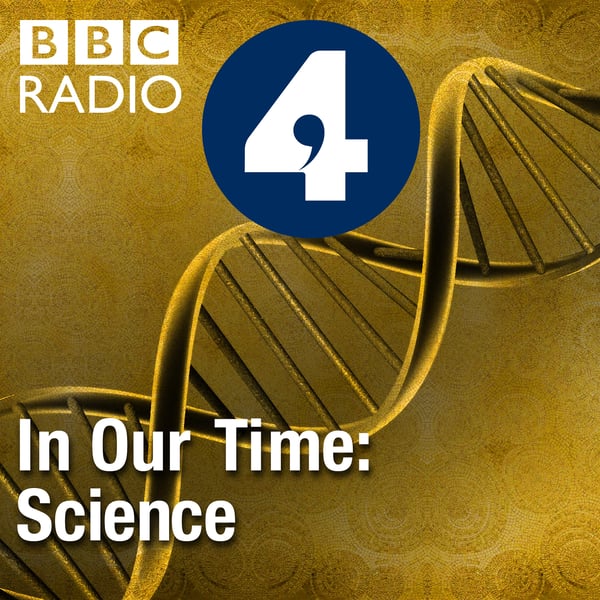The Cambrian Period
In Our Time: Science
BBC
4.5 • 1.4K Ratings
🗓️ 17 February 2005
⏱️ 42 minutes
🧾️ Download transcript
Summary
Transcript
Click on a timestamp to play from that location
| 0:00.0 | Thanks for down learning the In Our Time podcast. For more details about In Our Time and for our terms of use, please go to BBC.co.uk. |
| 0:10.0 | I hope you enjoy the program. |
| 0:12.0 | Hello in the Selkirk Mountains of British Columbia in Canada, |
| 0:16.0 | there's an outcrop of limestone shot through with the seam of fine dark shale. |
| 0:21.0 | A sudden mudslide into shallow water some 550 million years ago means that a startling |
| 0:26.3 | array of wonderful organisms has been preserved within it. |
| 0:30.1 | Wide-eyed creatures with tentacles below and spines on their backs, things like flattened rows of |
| 0:34.9 | carpet with a set of teeth at one end, squids with big lobster like arms. |
| 0:39.2 | There are thousands of them, and they seem to testify to a time when evolution took a leap and life on this |
| 0:44.8 | planet suddenly went from being small, simple and fairly rare to being large, complex, |
| 0:49.3 | numerous and dizzyingly diverse. It happened in the Cambrian period and it's known as the |
| 0:54.6 | Cambrian explosion. But if this is the great crucible of life on Earth, what |
| 0:59.2 | could have caused it? And how do the strange creatures relate to life as we see it now? |
| 1:04.0 | And what does the Cameron in an explosion tell us about the nature of evolution? |
| 1:08.0 | With me to discuss the Cameron explosion in the context of evolutionary science |
| 1:12.0 | is Simon Conway Morris, Professor of Evolution. in the context of evolutionary science. |
| 1:13.0 | Is Simon Conway Morris, Professor of Evolutionary Paleobiology at Cambridge University. |
| 1:17.0 | Jane Francis, Professor of Paleoclematology at the University of Leeds, |
| 1:21.0 | and Richard Corfield visiting lecturer at the Center for Earth |
| 1:24.5 | Planetary Space and Astronomical Research at the Open University. |
| 1:28.0 | Simon Conway Morris you were part of the team that made great discoveries in the Burgess |
| 1:33.1 | Shale in the 70s and 80s. Can you describe the slice of life you |
... |
Please login to see the full transcript.
Disclaimer: The podcast and artwork embedded on this page are from BBC, and are the property of its owner and not affiliated with or endorsed by Tapesearch.
Generated transcripts are the property of BBC and are distributed freely under the Fair Use doctrine. Transcripts generated by Tapesearch are not guaranteed to be accurate.
Copyright © Tapesearch 2025.

